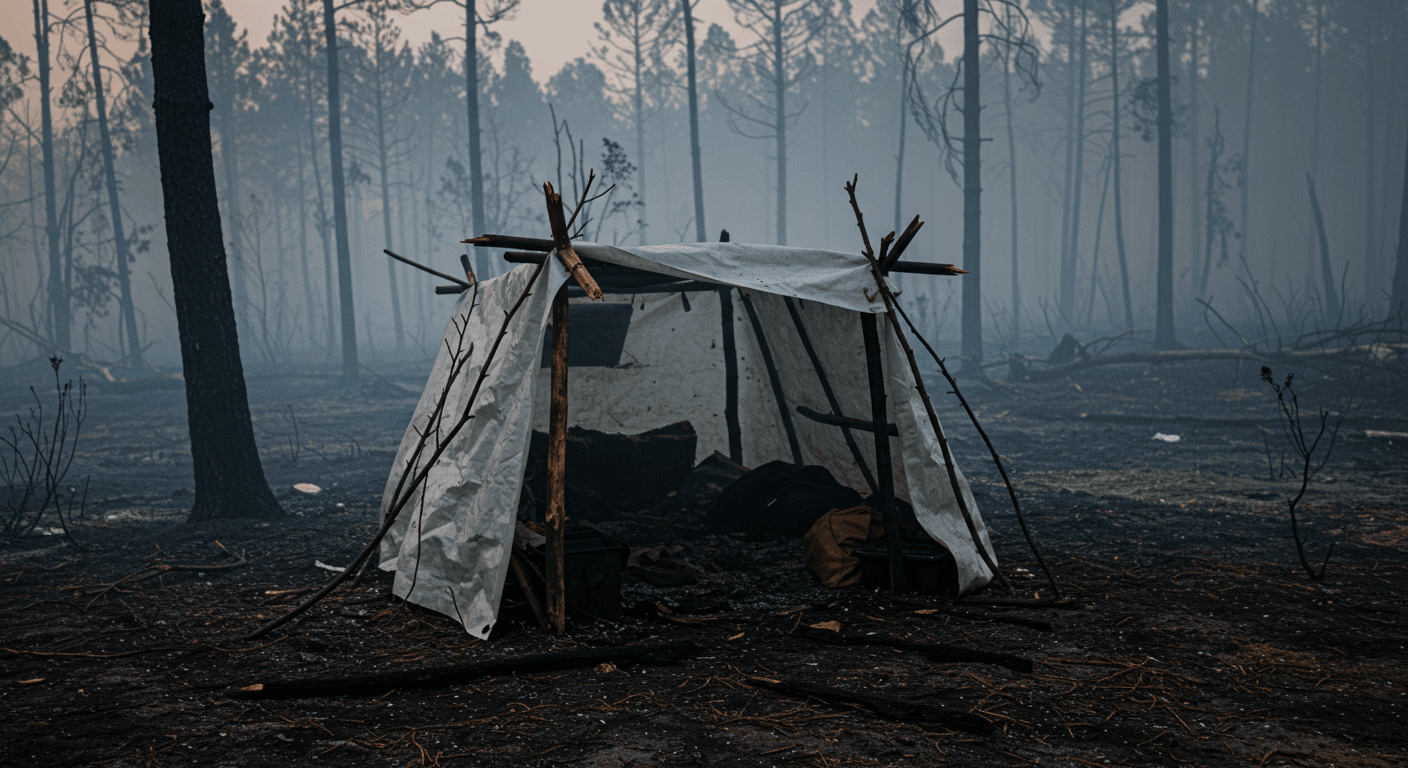Last Updated on November 1, 2025 by Kevin Collier

Top Takeaways and Key Concepts
- Secure Heavy Furniture: Anchor bookshelves and cabinets to prevent tipping.
- Identify Safe Spots: Practice “Drop, Cover, and Hold On” under sturdy furniture.
- Prepare an Emergency Kit: Include water, food, flashlight, and first aid supplies.
- Install Earthquake Early Warning Apps: Use tools like ShakeAlert for timely alerts.
- Retrofitting Your Home: Strengthen foundations and secure chimneys to minimize damage.
Living in a place where earthquakes happen is kind of like being on a wild rollercoaster you didn't even want to ride. One moment, you’re sipping your coffee, enjoying your morning. The next, everything’s shaking, and your house feels like it's dancing the cha-cha! Pretty scary, right?
So, how to be ready for these surprise shakes? It doesn’t mean we have to turn our homes into giant fortresses or live scared all the time. That would be super exhausting!
Please Note: This post may contain affiliate links. If you click one of them, we may receive a commission at no extra cost to you. As an Amazon Associate, I earn from qualifying purchases.
First, let’s think about simple ways to prepare. It helps to have a little plan. Grab a snack. Something yummy that won’t turn into a mess if things start shaking. Maybe fruit or some granola bars?
Start with your stuff. Put important things like your water, food, and first-aid kit where you can easily grab them. Maybe under a bed or in a closet. If the ground starts shaking, you'll want to know exactly where everything is.
Think about where you sit and sleep too. Don’t place your bed under big, heavy things like mirrors or shelves. That can get dangerous. Better to avoid a falling lamp on your head, right?
Talk to others about your plan. Friends and family can help you stay calm and prepared. Maybe even have fun discussing your plans. Make it a game. “What will we do if…?” It’s better when we know we’re all in this together.
And when it comes to that little unexpected dance? Keep calm. Remember to drop, cover, and hold on. Try to stay as still as you can until it passes. Sounds simple, but it's like a little safety dance!
Living in a shaky place doesn’t have to be scary. It's about being smart and ready. The more we prepare, the more we can sip our coffee peacefully, knowing we’ve got things covered. Taking small steps can create a big sense of safety. Enjoy your snack! You’ve got this! 🥨✨
Contents of This Page
*** Shop for Survival Gear - Tools - Kits ***
Survival Gear - Bags and Backpacks - Knives - Boots/Footwear - Communication
Outdoor Cooking - Gloves - Hydration - Dry Boxes - Water Filtration Systems
Tents - Sleeping Bags - First Aid Kits - Multi-Tools - Flashlights - Fire Starters
Navigation - Survival Food - Night Vision - Headlamps - Stun Guns - Binoculars
Understanding Earthquake Risks: Know Your Fault Lines
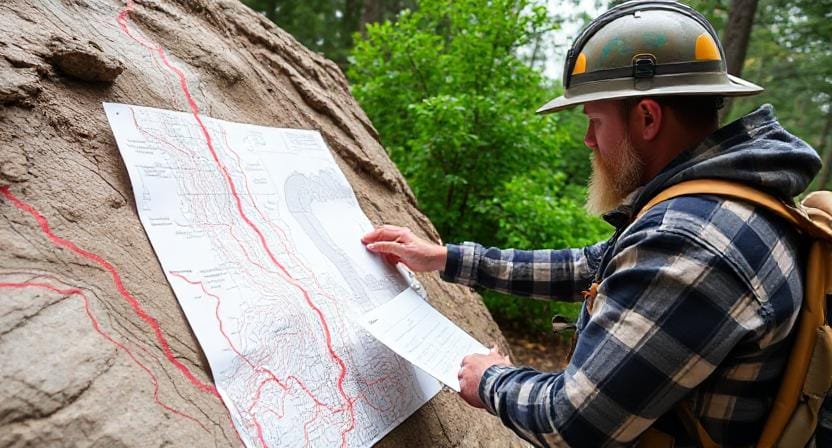
First, let's talk about the chances of an earthquake happening where you reside. You can tell if there's a tornado risk in Kansas or just an extremely bad windy.
The US Geological Survey (USGS) makes precise maps that illustrate where fault lines are and where earthquakes are likely to happen. If you live near one of those little squiggly lines, you should pay attention.
Earthquakes can happen anywhere, not only in the West. You could believe you're safe because you're distant from California's fault lines, but remember that Mother Nature has no limits and loves to surprise us all. So, do some study on the risks in your area. Knowledge is power, my friends!
Making an Emergency Plan: Get Your Team Together
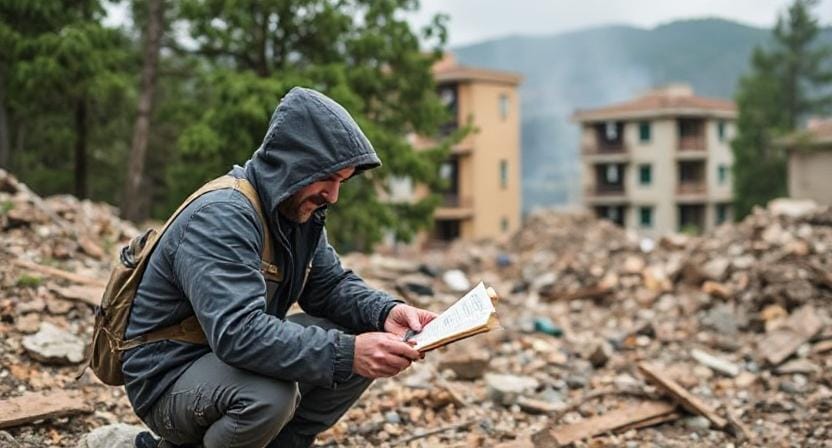
Now that we've proven that earthquakes are real and not just made up by Hollywood, it's time to make an emergency plan with your family. This isn't just about figuring out who gets the last piece of pizza when things go crazy, but I think you should talk about it too.
Bring everyone together for a family meeting (play the dramatic music). Talk about where you'll go during an earthquake. The best places are behind strong furniture or against walls that aren't windows.
Tell everyone where they may go to get away and where they can be safe. And while you're doing it, think about naming someone who lives far away as a contact person so that family members can check in once things calm down.
It turns out that rehearsing your plan is quite important! Practice makes perfect, just like getting ready for a school play (without the stupid costumes). You'll be glad you did when your kids know what to do without having to rush around screaming like they spotted a ghost.
Be Prepared Like a Scout: Stock Up on Supplies
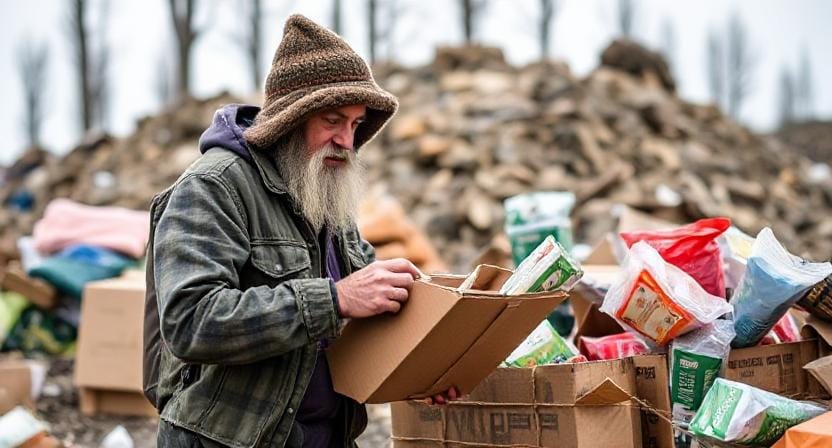
It's important to have supplies ready ahead of time for any emergency, even an earthquake. Think of it as preparing for a surprise camping trip, but without the s'mores (unfortunately).
Start by putting together an emergency bag with things like water, food that won't go bad, flashlights with additional batteries, and first aid materials.
Let's see… how much water do you need to stock up on? The rule of thumb is that each person needs one gallon of water every day for at least three days. So if you have four people in your house, that's twelve gallons!
Yes, I know this seems heavy and maybe even a little silly, but trust me, you'll want ample H2O when things start to shake.
Don't forget about crucial papers, by the way! Put copies in waterproof bags with cash (since let's face it, ATMs might not work after an earthquake). And to be honest, having toilet paper on hand will get you a lot of points with anyone who regrets what they ate for lunch after the shaking stops.
How to Make Your Home Shake-Proof

Okay, everyone, let's speak about how to stay safe at home. During an earthquake, no one wants their favorite collection of ceramic frogs to fly off the shelf. To be safe, use brackets or straps to attach heavy furniture like bookcases or cabinets to walls.
It's interesting that mirrors put on walls may look nice, but if they aren't secured properly, they might become shrapnel during earthquakes. You might want to move them, or even better, hide them behind curtains till further notice! Also, put anything that can shatter lower down so they don't fly around and hit people in the head during tremors.
And let's not forget about dangers outside! Cut back those trees that are too big near your house since nothing says “bad luck” like having branches break through windows in the middle of all this mess!
Keeping Up to Date: Knowledge Is Key
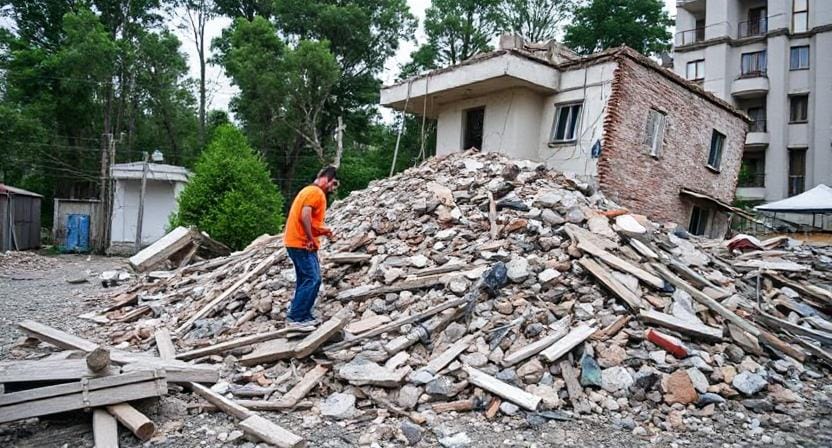
When calamity strikes—and let's be honest, it happens a lot—you need good information right away! Get a battery-powered NOAA weather radio or download apps that send you real-time notifications about earthquakes in your neighborhood. Social media sites can also be helpful, but only if people would stop sharing cat videos for a while!
I also think it's a good idea to learn about the emergency management services in your area. They usually have preparations in place for natural catastrophes like earthquakes. Knowing where shelters are could be the difference between life and death after an earthquake.
Conclusion: Stay Calm and Prepared
We don't have to worry about every little shaking all the time just because we're ready for earthquakes. That would be really stressful, wouldn't it? It's more about being smart and ready for when something happens.
It's like having an umbrella in your luggage. You don't have to think about rain every day, but you'll be grateful you have it when it does. Being ready makes things a lot easier and less intimidating.
A huge part is knowing what could happen. It's quite helpful to know where you reside and what could tremble. It can help you relax those small nerves. Making plans for what to do if things goes wrong? That's like drawing a small map to be safe.
It's also important to keep your home safe. You should attach things like bookshelves to the wall. You don't want them to fall over! And what about those big pictures? Put them somewhere where they won't fall on your head. Small improvements can make a big difference.
Talk about your plans as a family. What should people do if the ground shakes? You all might even be able to practice a little. It can be enjoyable! Get everyone on the same page.
It's also helpful to stay up to date on local news. You can be more ready if you know what's going on in your region.
The more you plan, the less you have to worry when you feel a tiny rumbling. Making your home feel safe is the most important thing. Having a backup plan makes life more enjoyable. That's the only way to live! So, let's relax and have our coffee, knowing that we have everything under control. You're doing fantastic!
Frequently Asked Questions
Why should heavy furniture be anchored?
Anchoring reduces the risk of bookshelves, cabinets, and appliances tipping over during shaking and causing injury or blocked escape paths.
Where is the safest place to shelter during an earthquake?
Under sturdy furniture such as a strong table or desk while practicing “Drop, Cover, and Hold On” to protect against falling debris.
What should be included in an earthquake emergency kit?
Store water, non-perishable food, first aid supplies, flashlights, batteries, medications, and copies of important documents.
How do earthquake alert apps help?
Apps like ShakeAlert can provide seconds of advance warning so you can protect yourself before strong shaking reaches your location.
Why is retrofitting a home important?
Strengthening foundations, securing chimneys, and reinforcing structural weaknesses improves stability and reduces major damage.
Should sleeping areas be arranged differently in high-risk regions?
Yes, avoid placing beds under heavy objects such as mirrors or shelving to reduce the risk of items falling onto sleepers during shaking.
Is it necessary to practice earthquake response drills?
Regular practice helps each household member react quickly and confidently when an earthquake begins, improving overall safety.
Suggested External Resources:
Earthquake Safety Tips
https://www.ready.gov/earthquakes
How to Prepare for Earthquakes
https://www.redcross.org/get-help/how-to-prepare-for-emergencies/types-of-emergencies/earthquake.html
What To Do During an Earthquake
https://www.fema.gov/emergency-managers/risk-management/earthquake

Kevin Collier is a seasoned survivalist and expert in prepping and homesteading, contributing to WiseSurvive.com. With a deep-rooted passion for self-sufficiency and outdoor survival skills, Kevin shares practical advice, strategies, and resources to help individuals prepare for any challenge. His informative articles cover a range of topics, from essential survival techniques to sustainable living practices, empowering readers to thrive in any situation. Whether you're a novice or a seasoned prepper, Kevin's insights will inspire you to take charge of your readiness and build resilience for the future.



